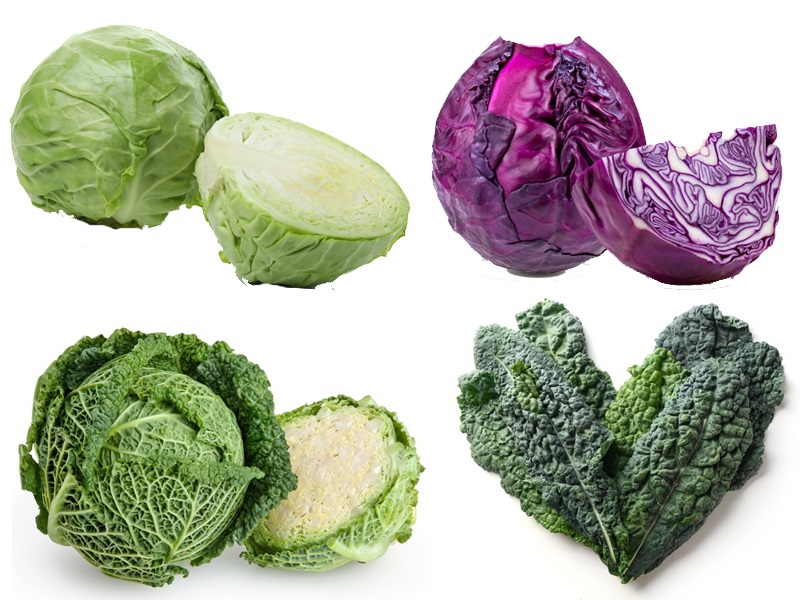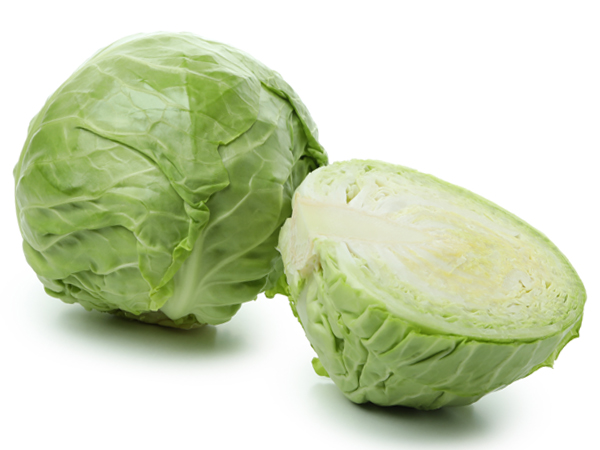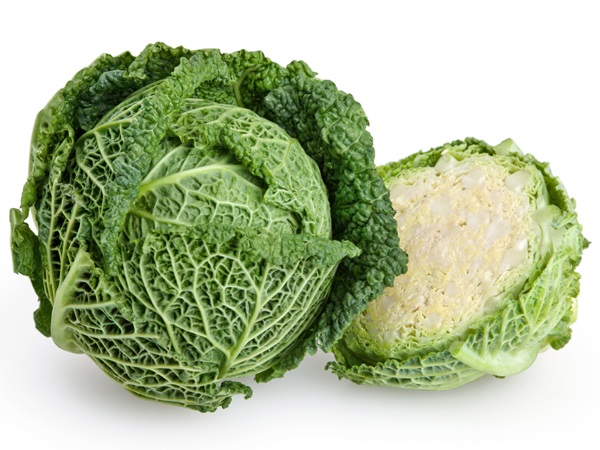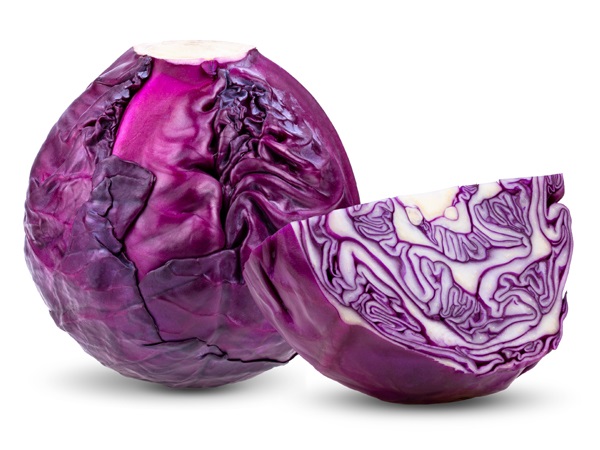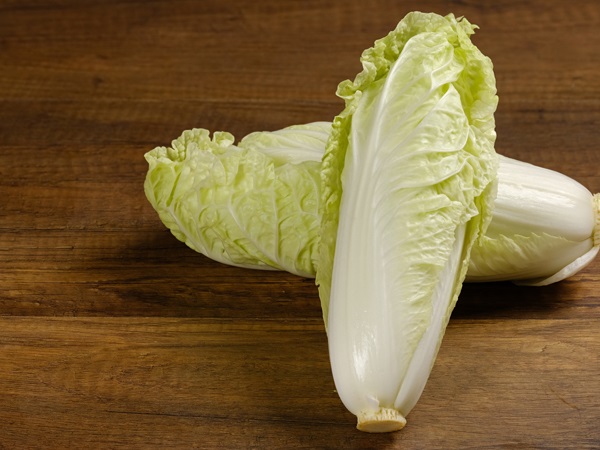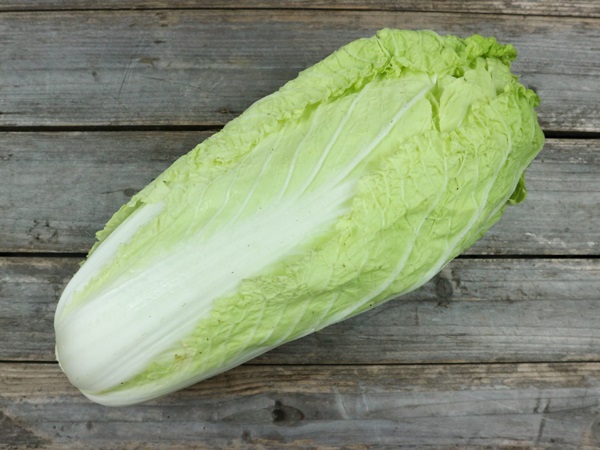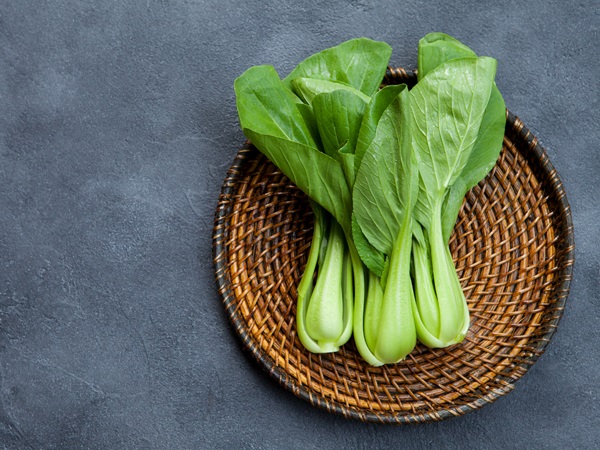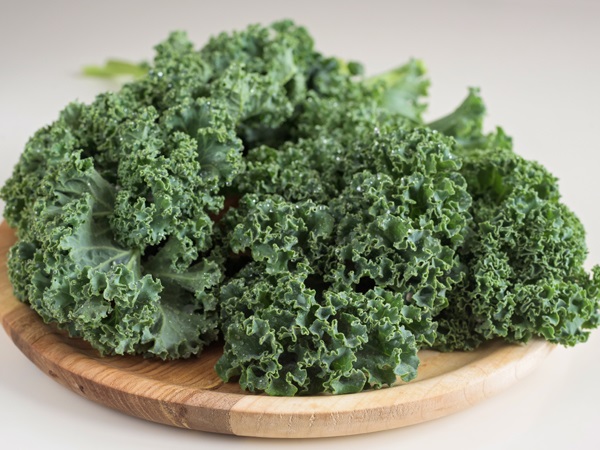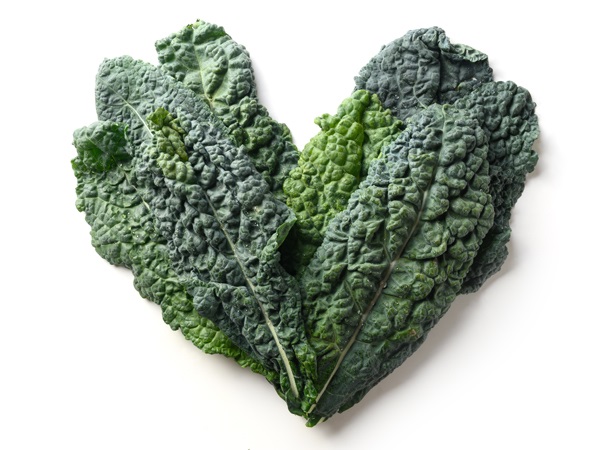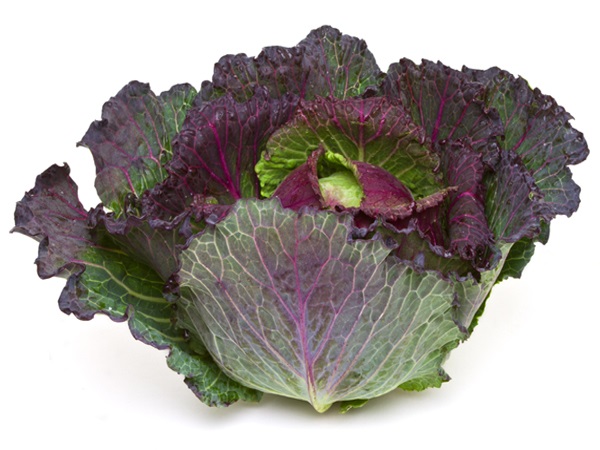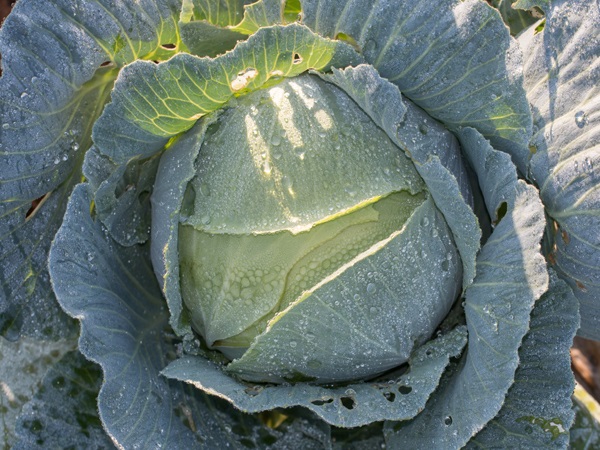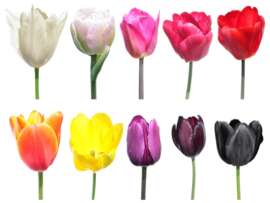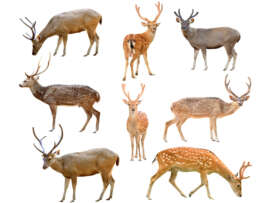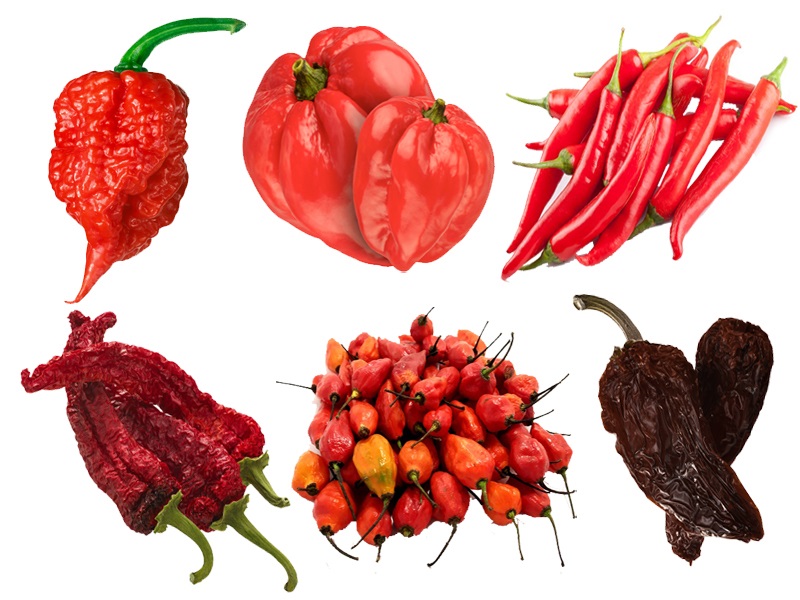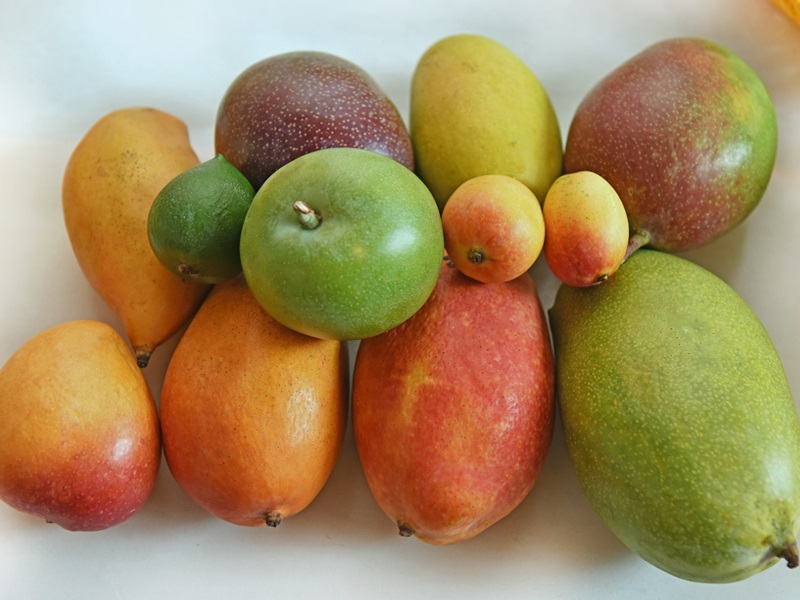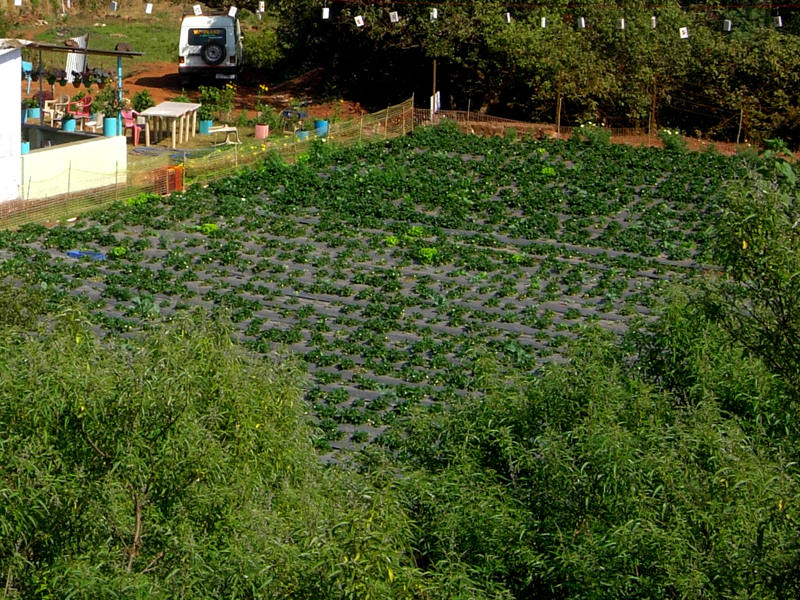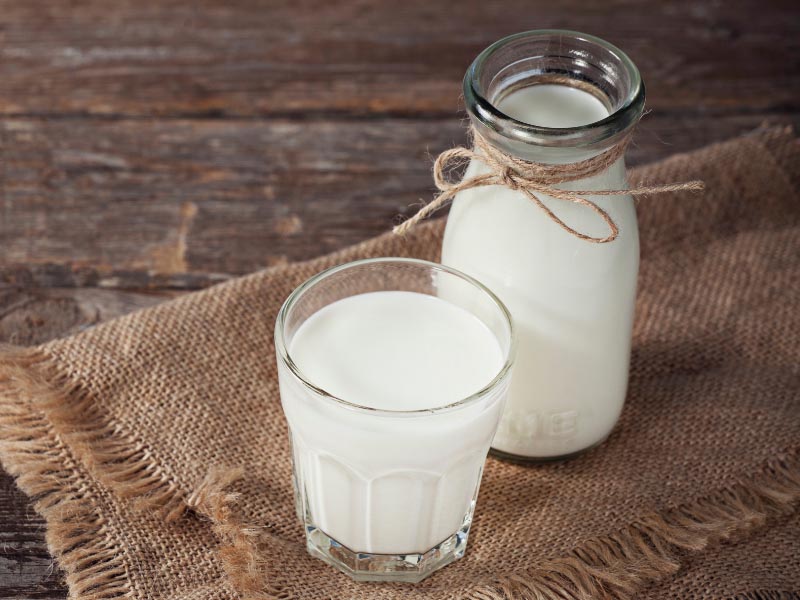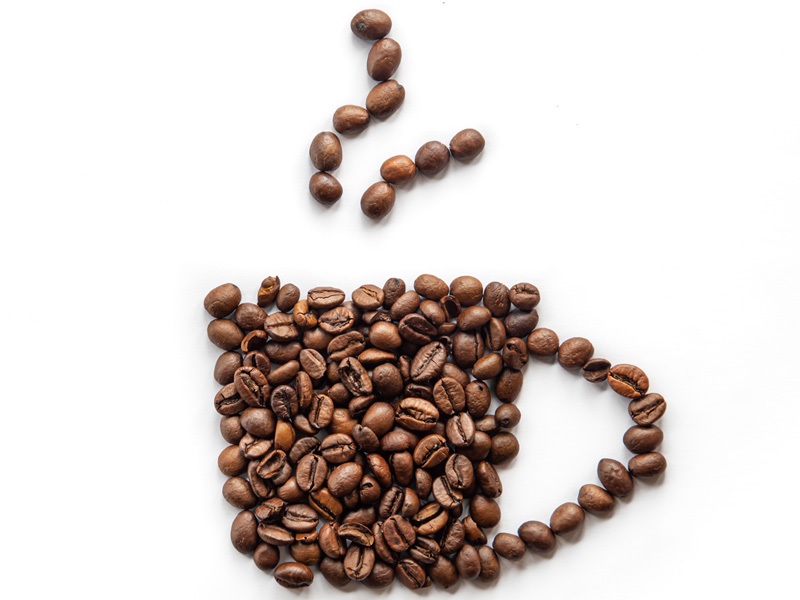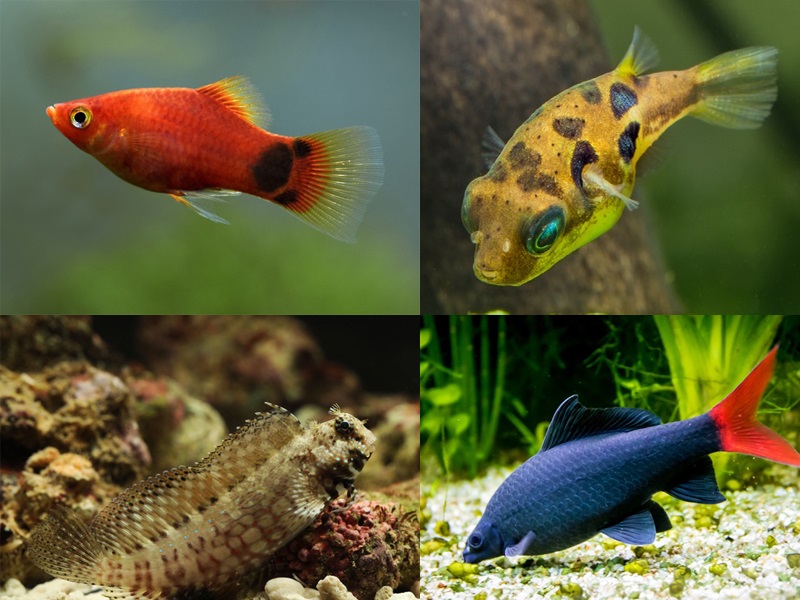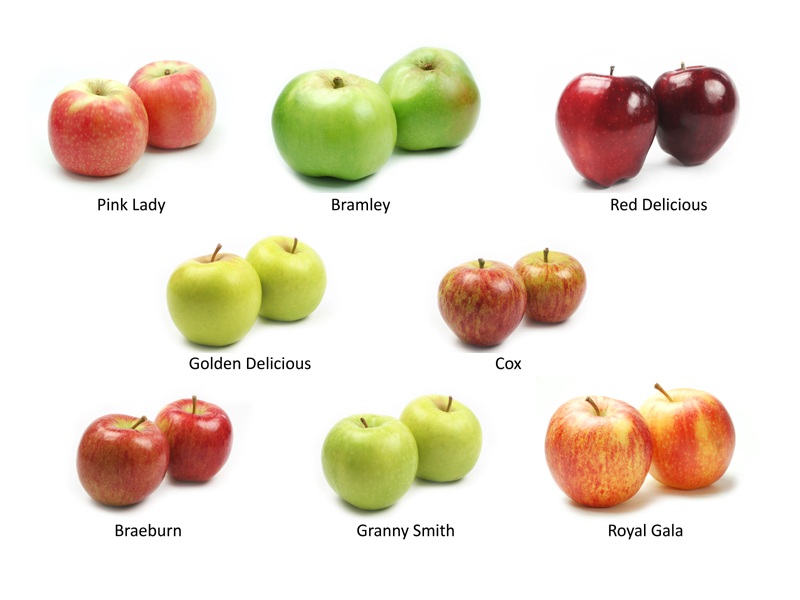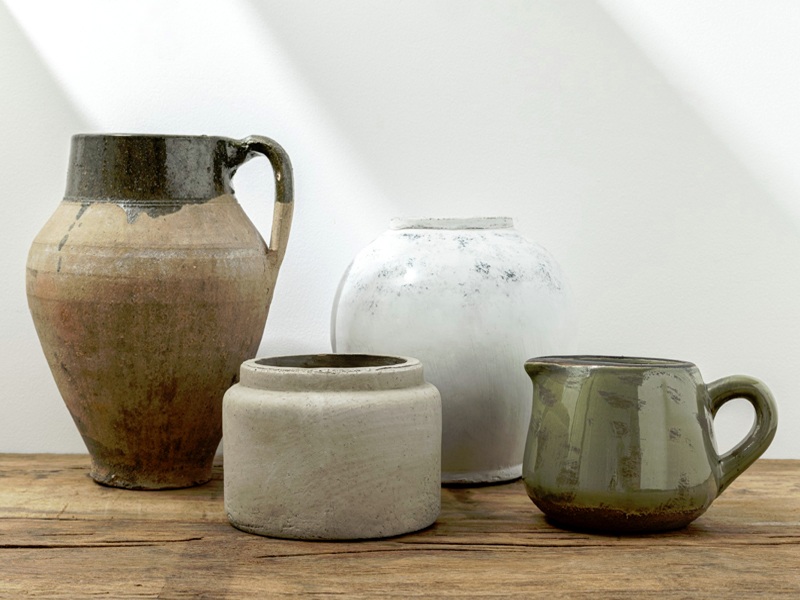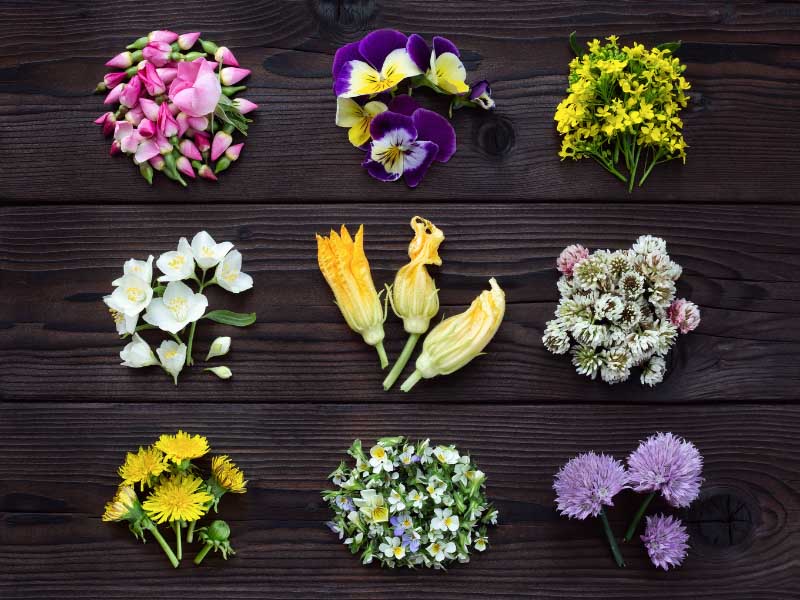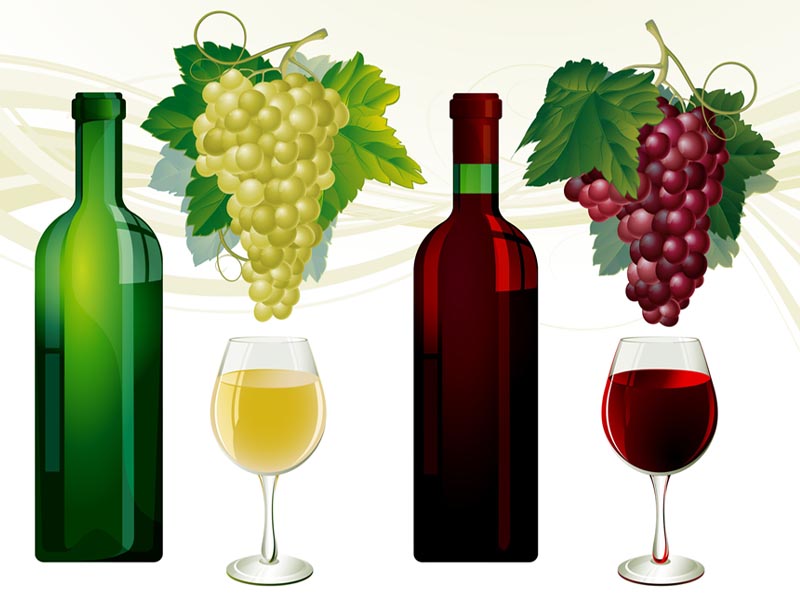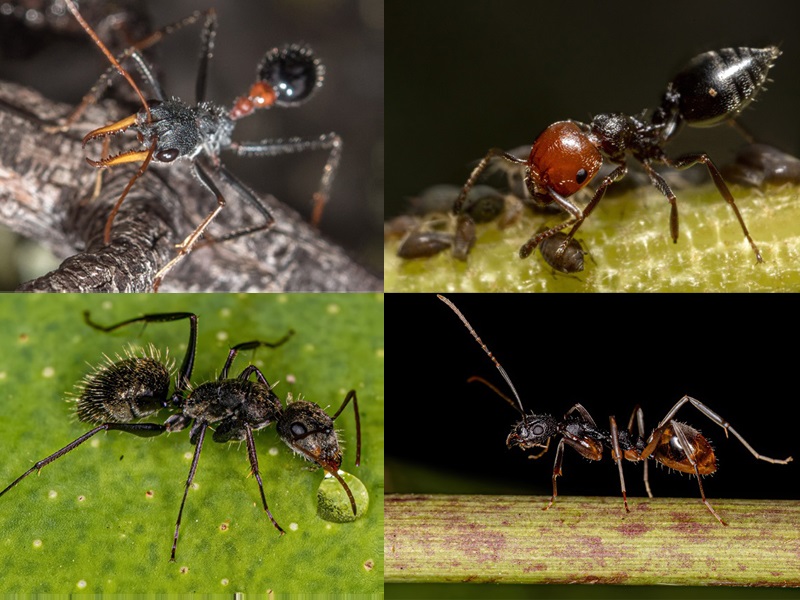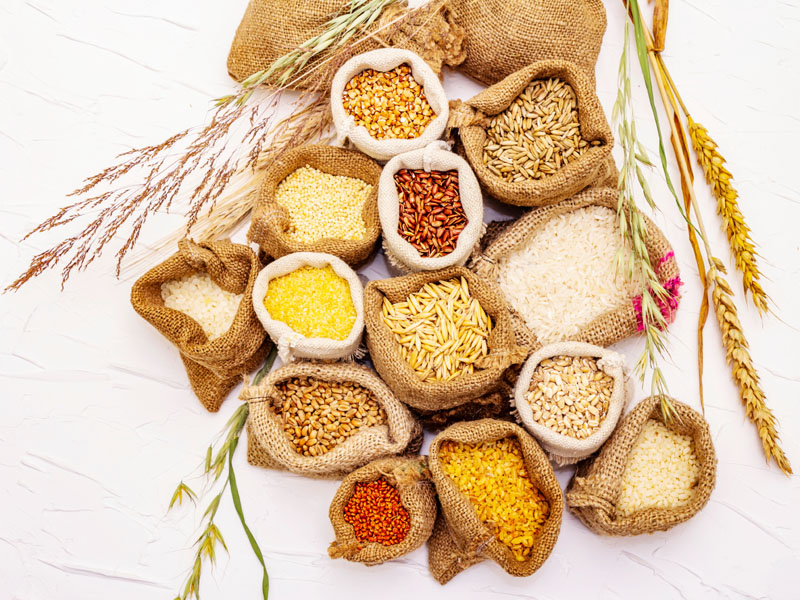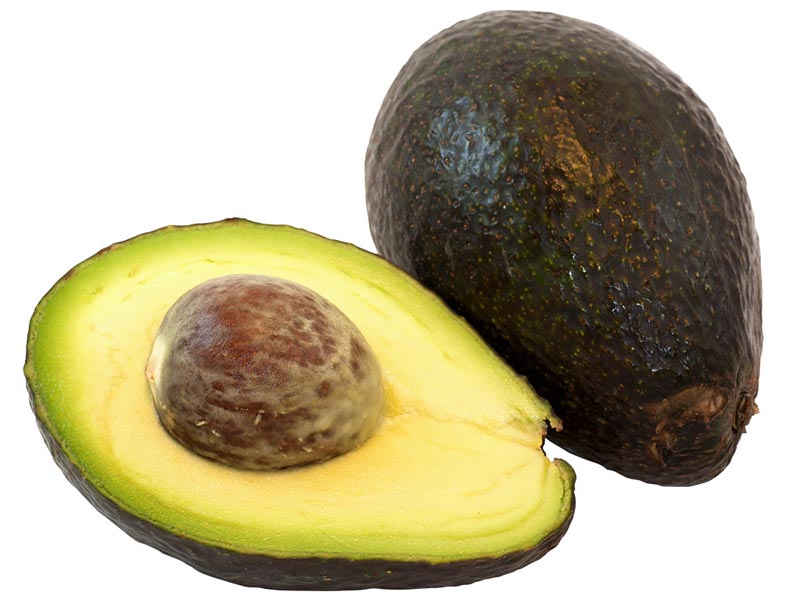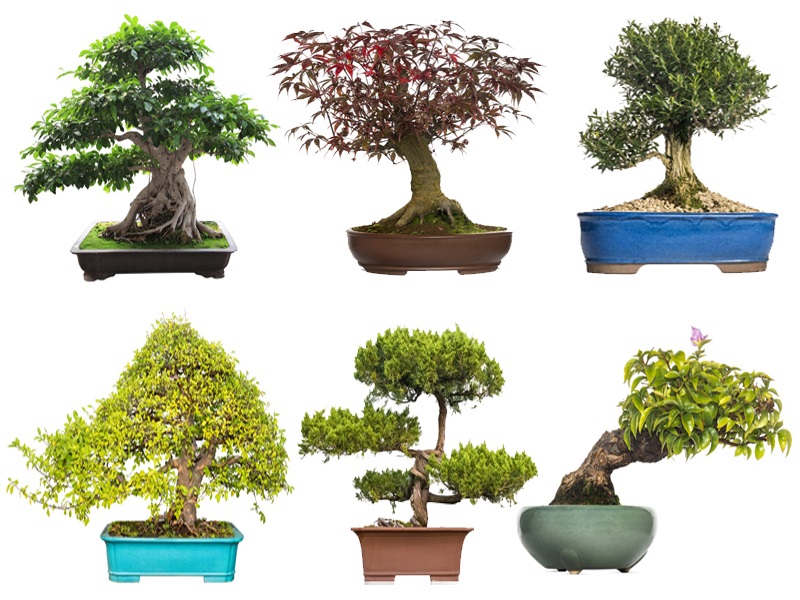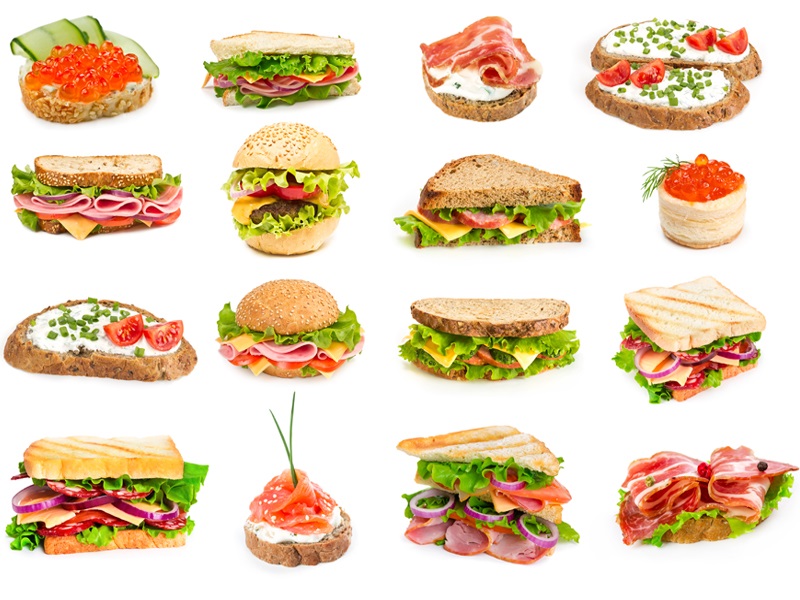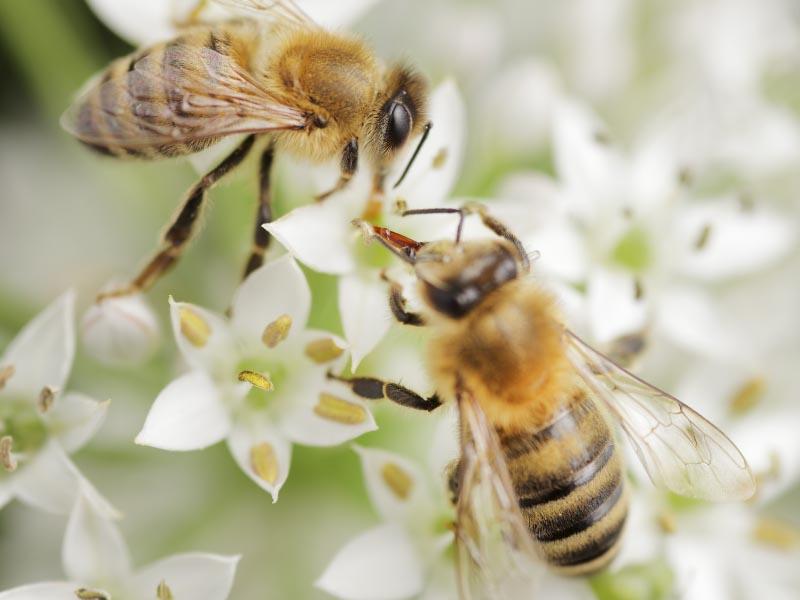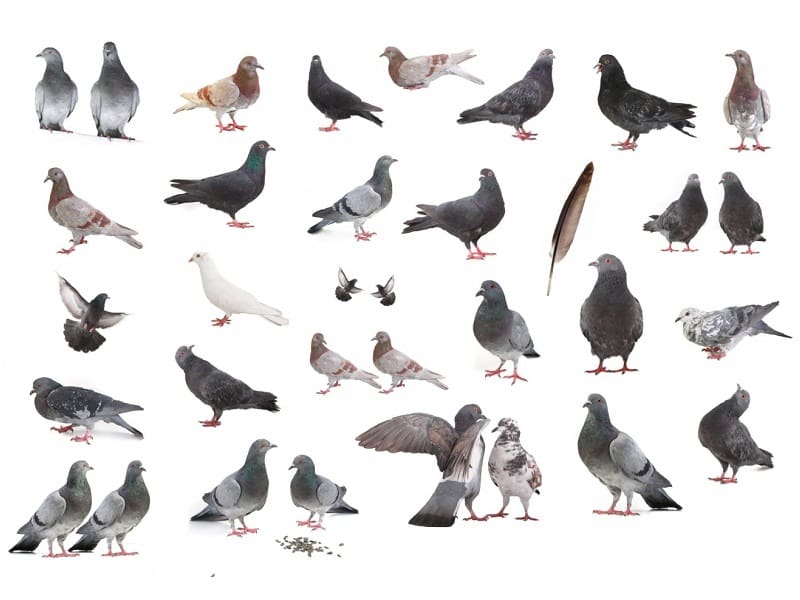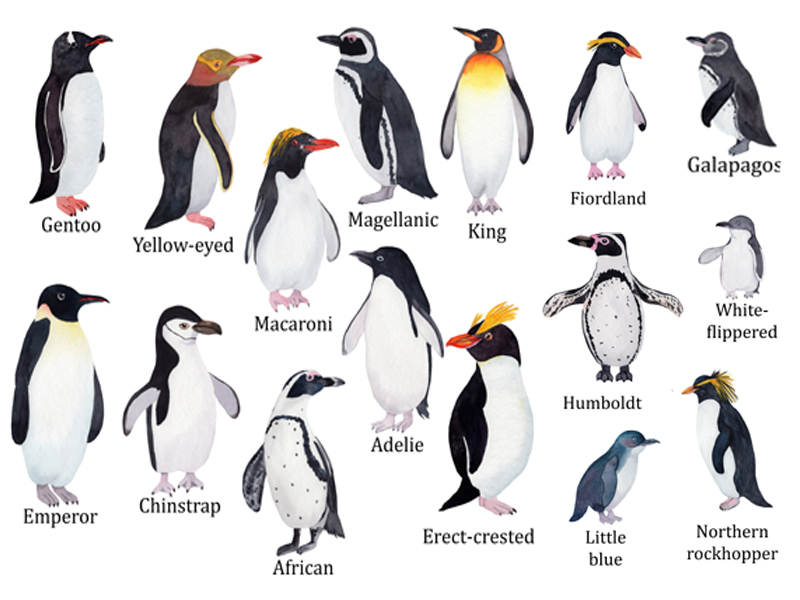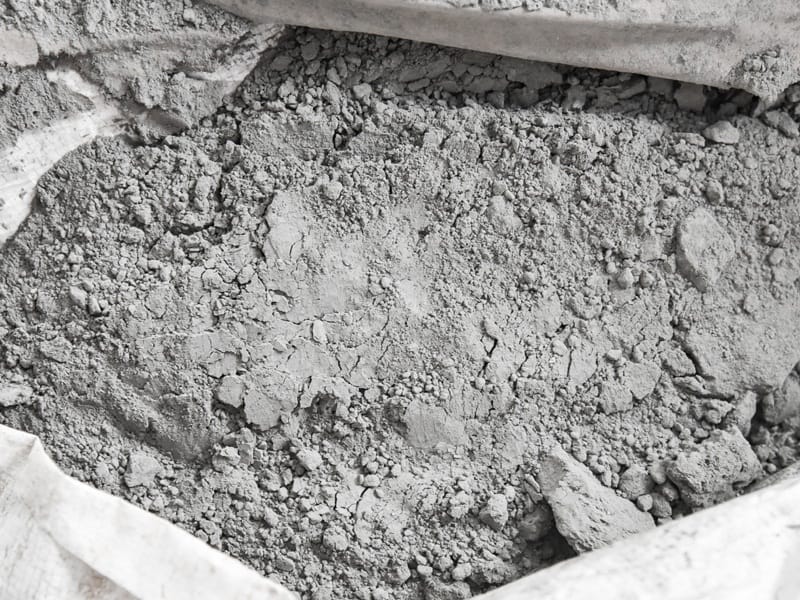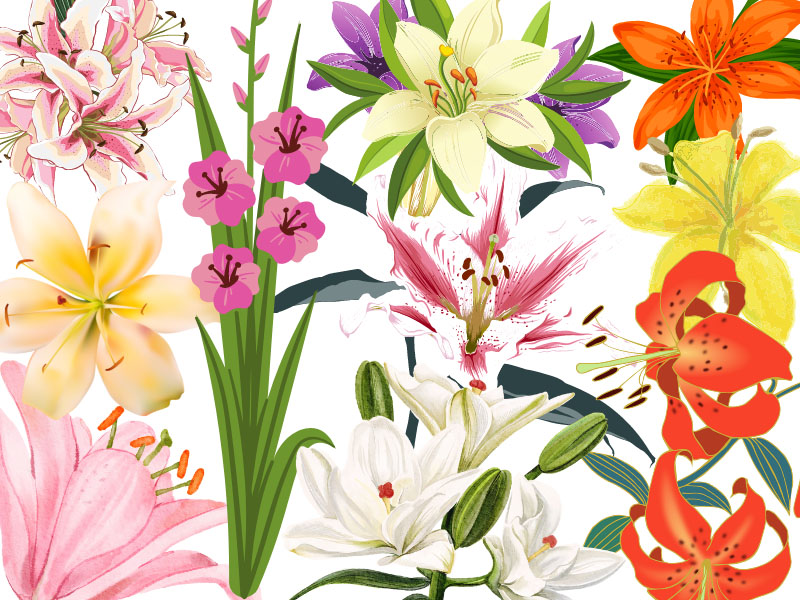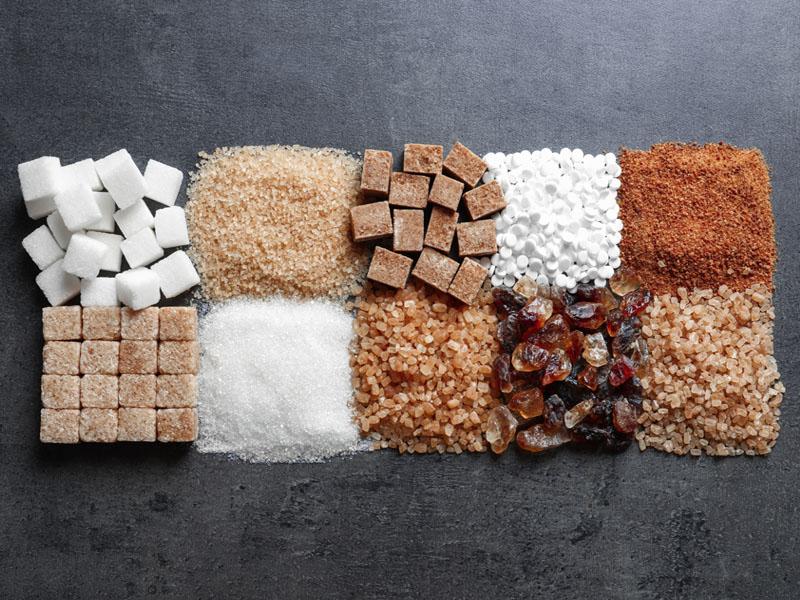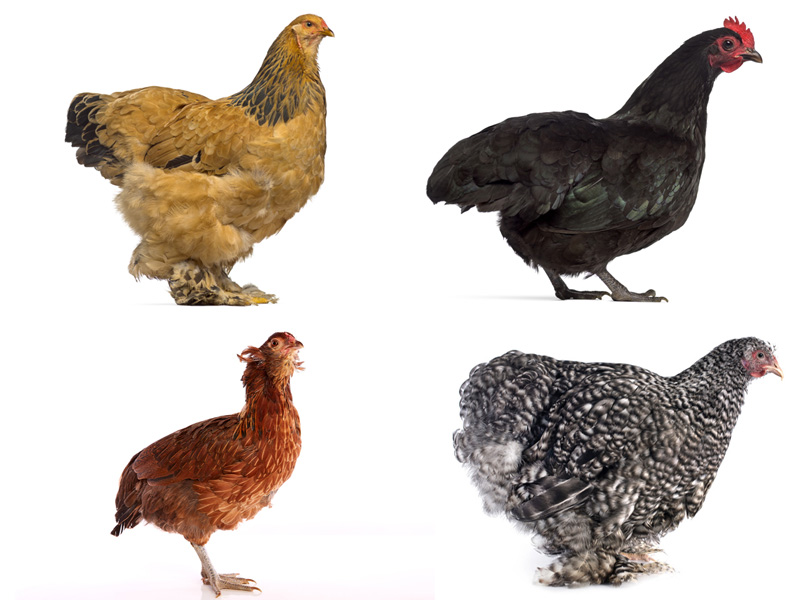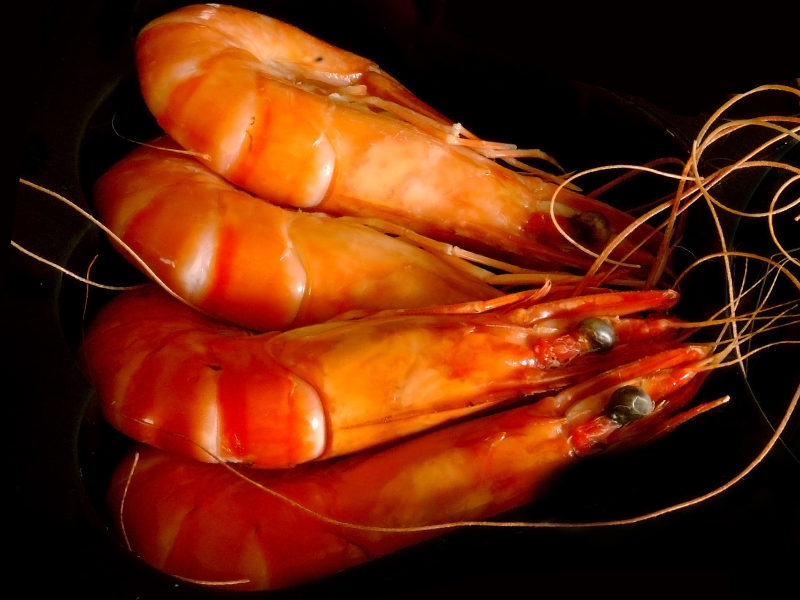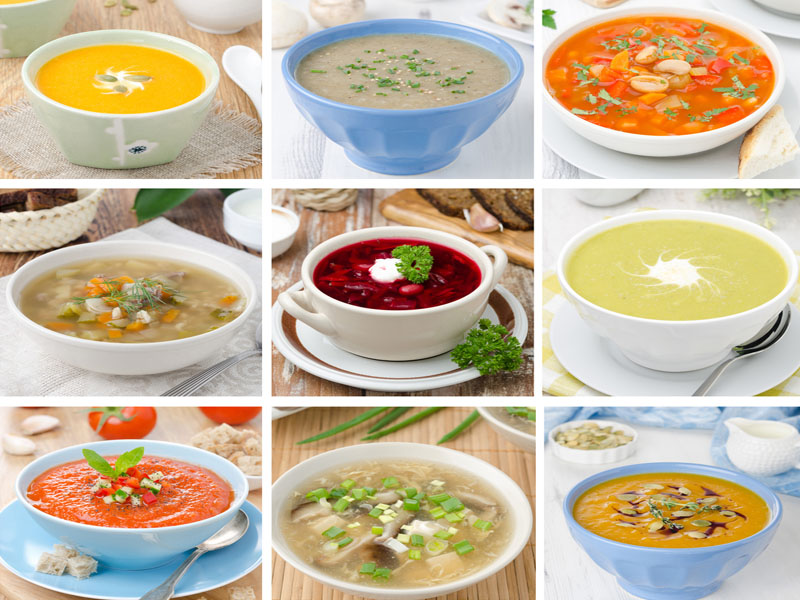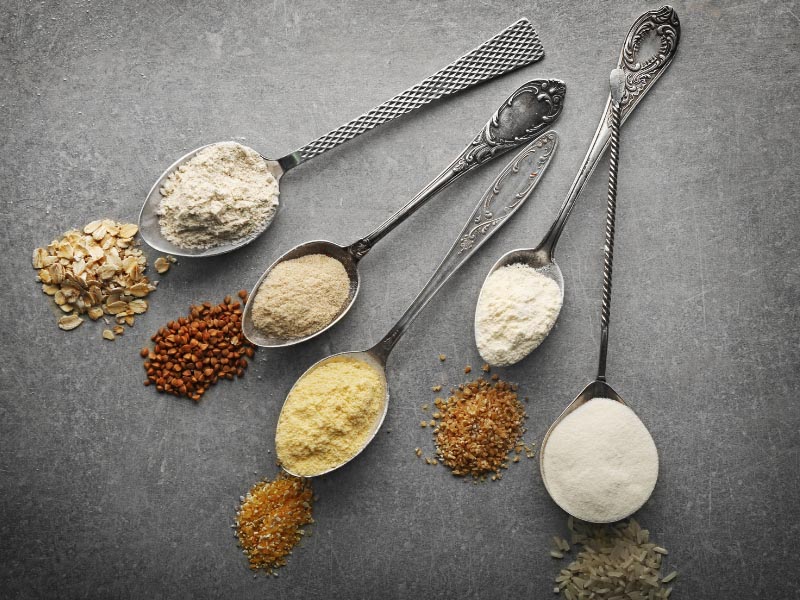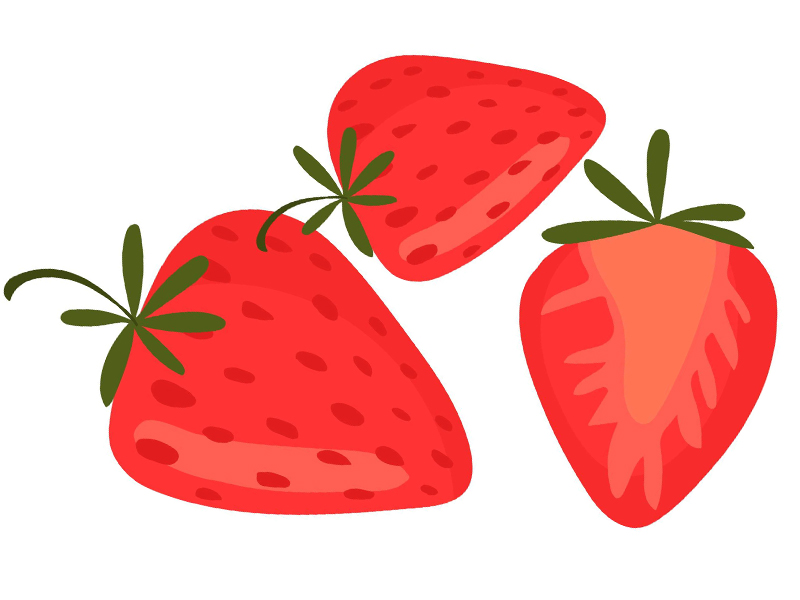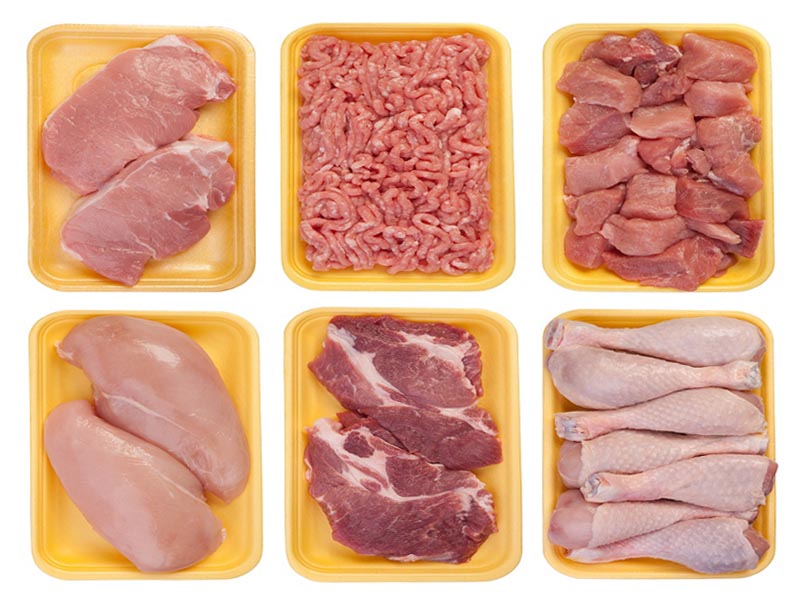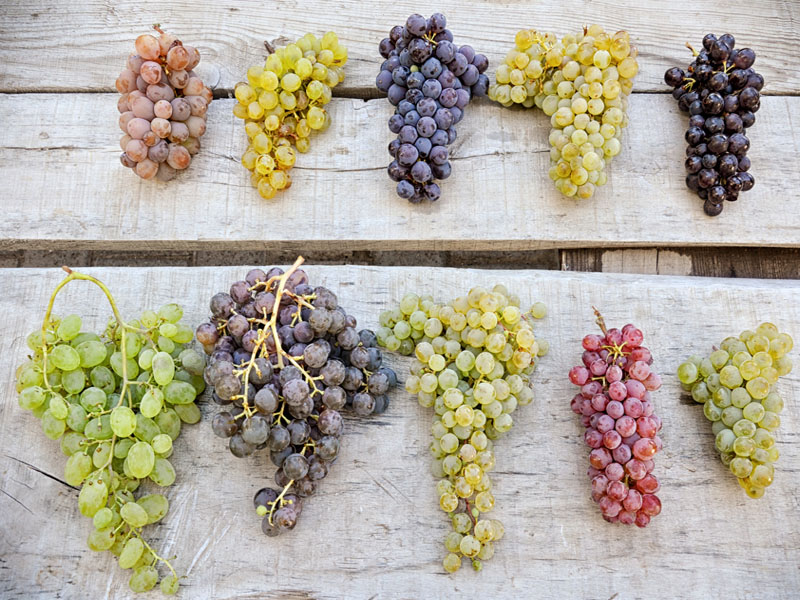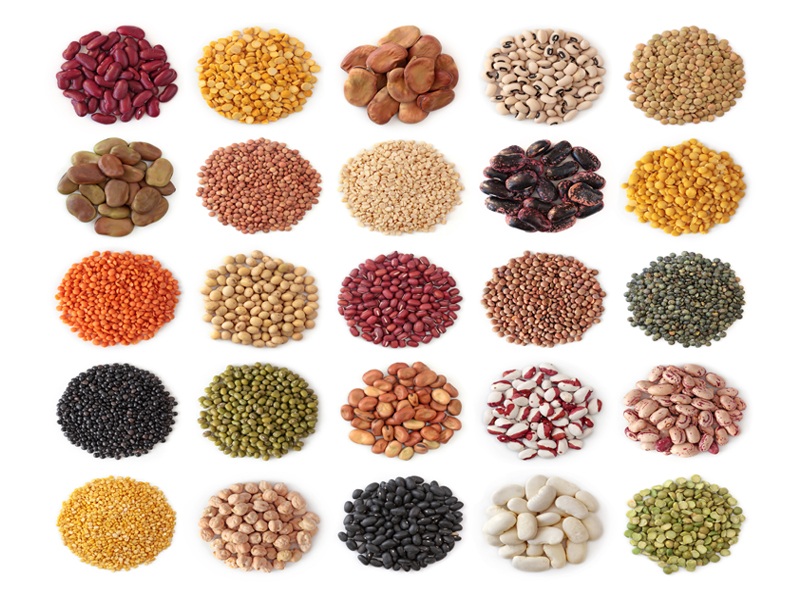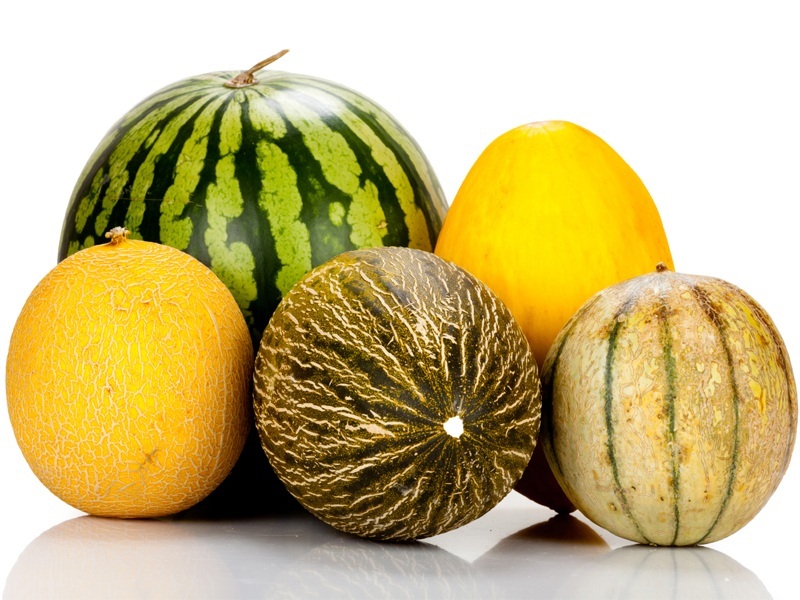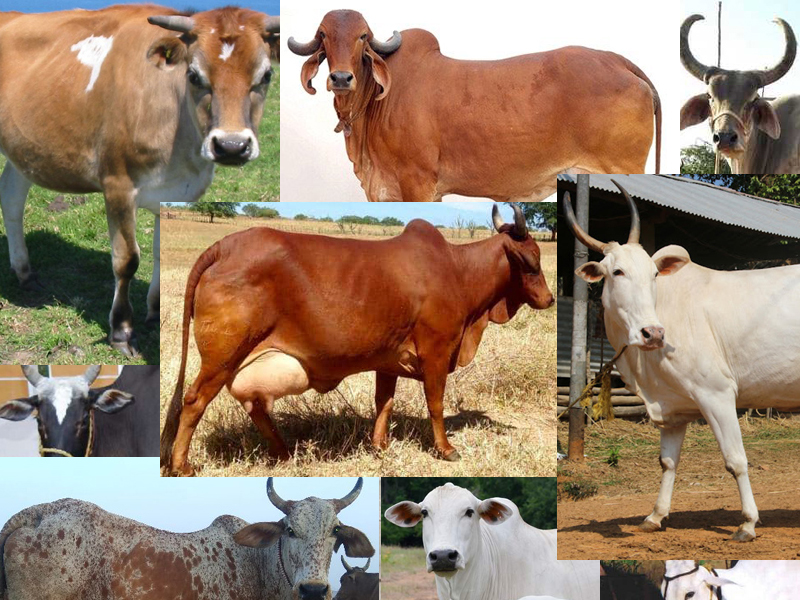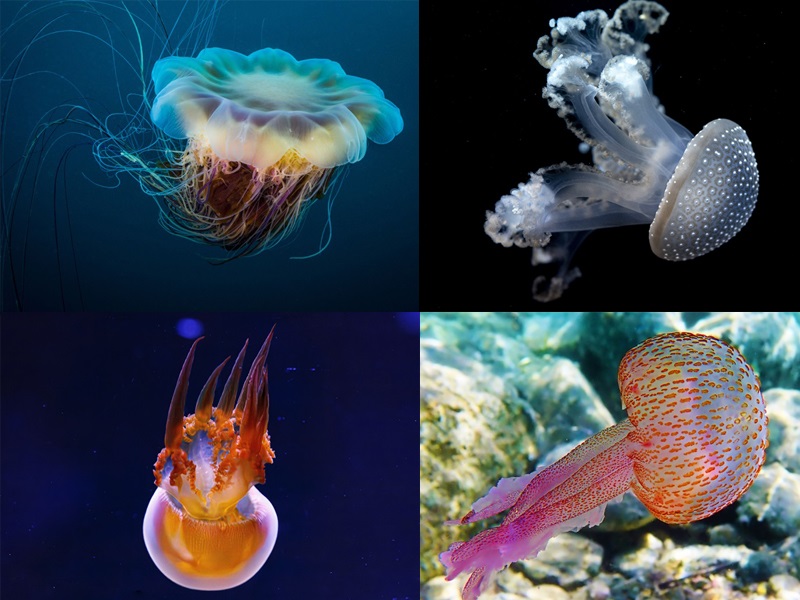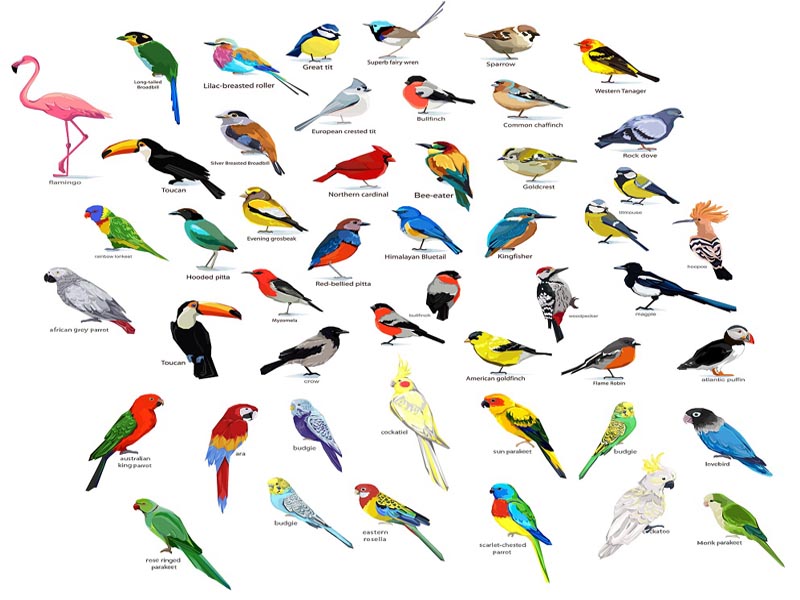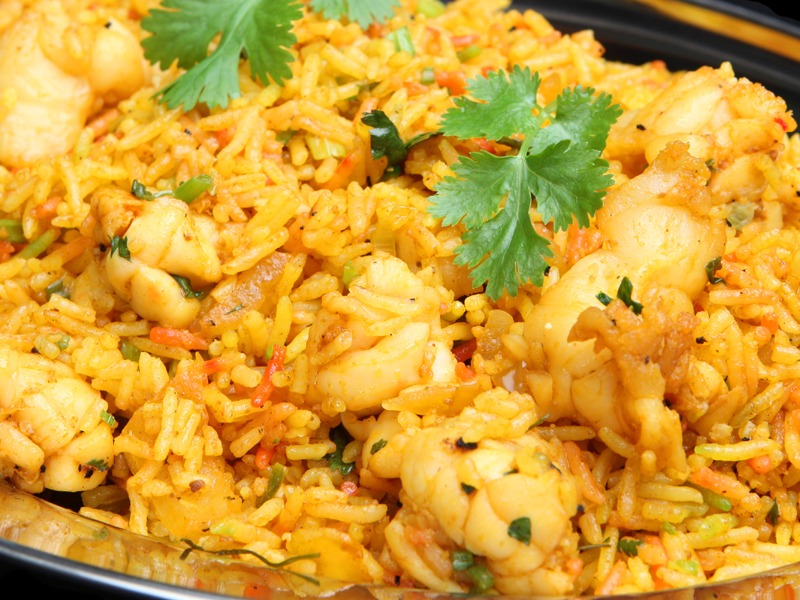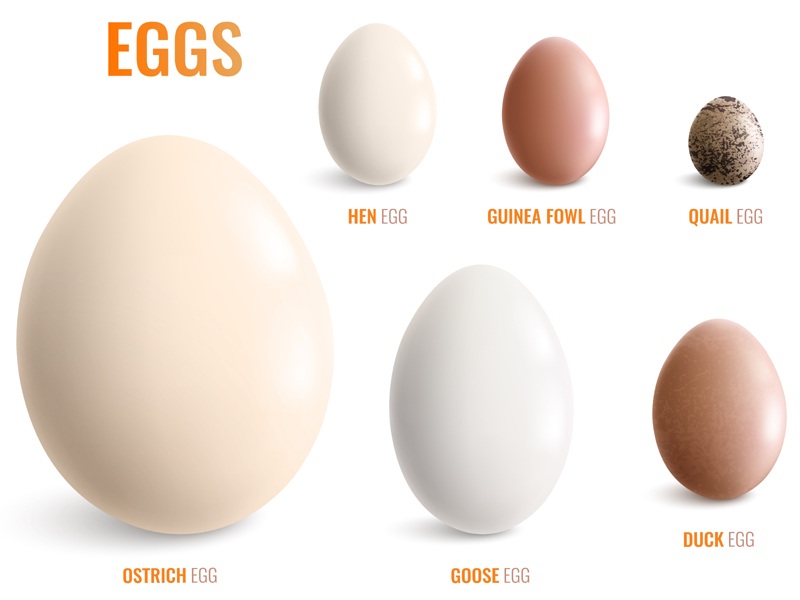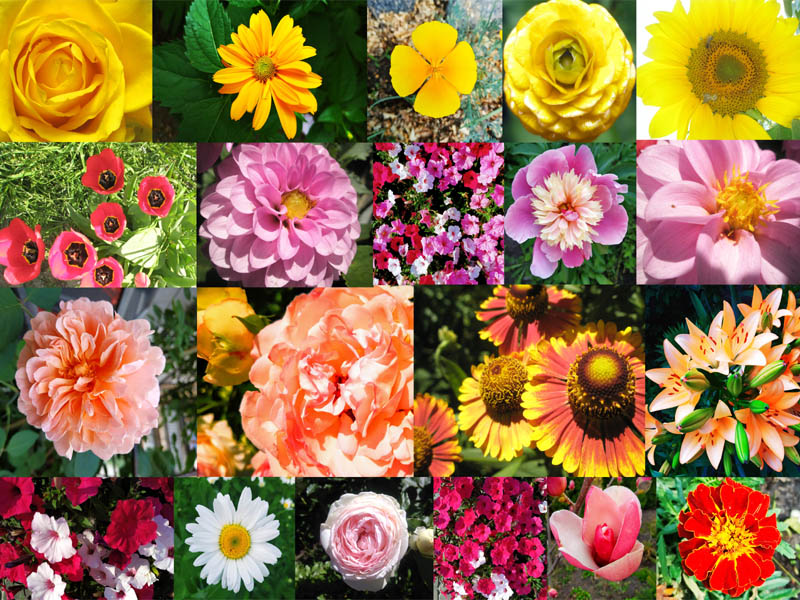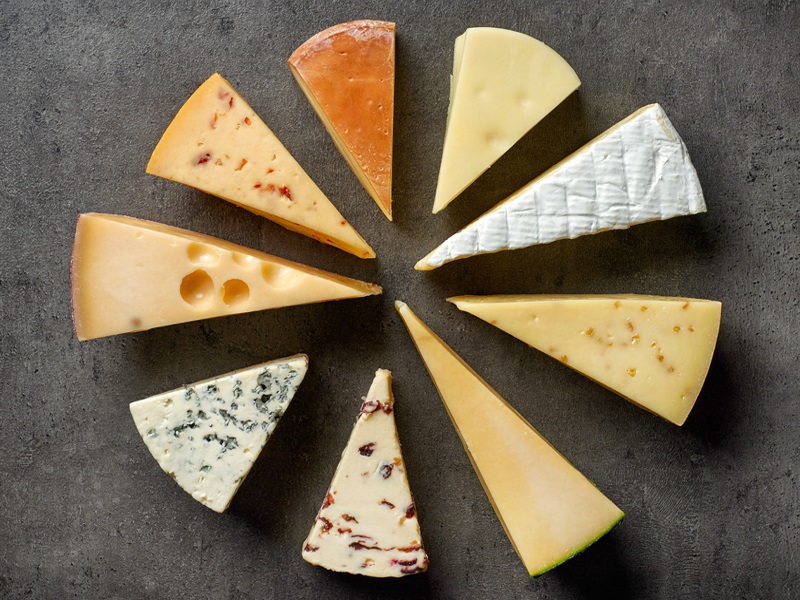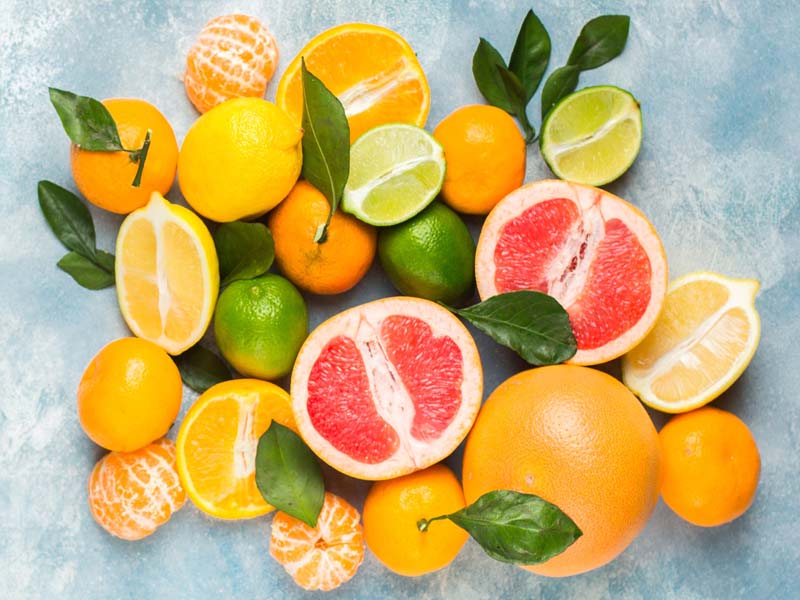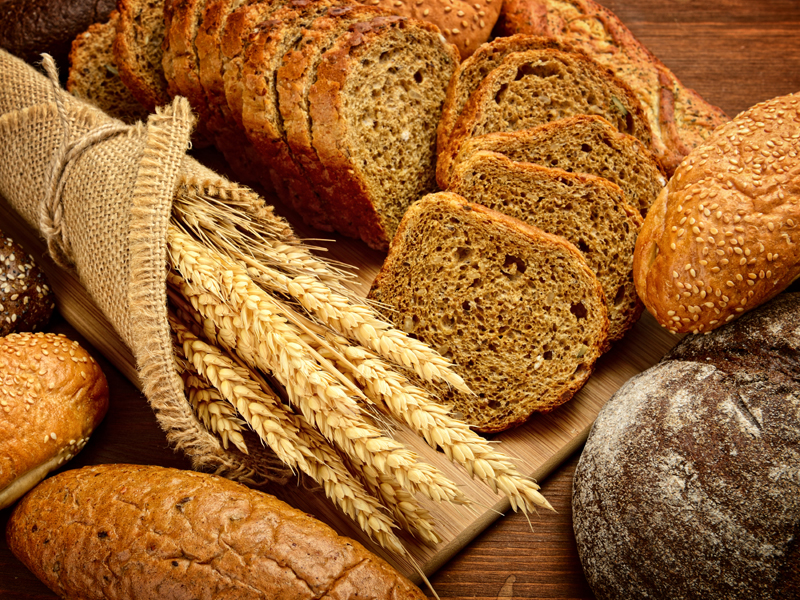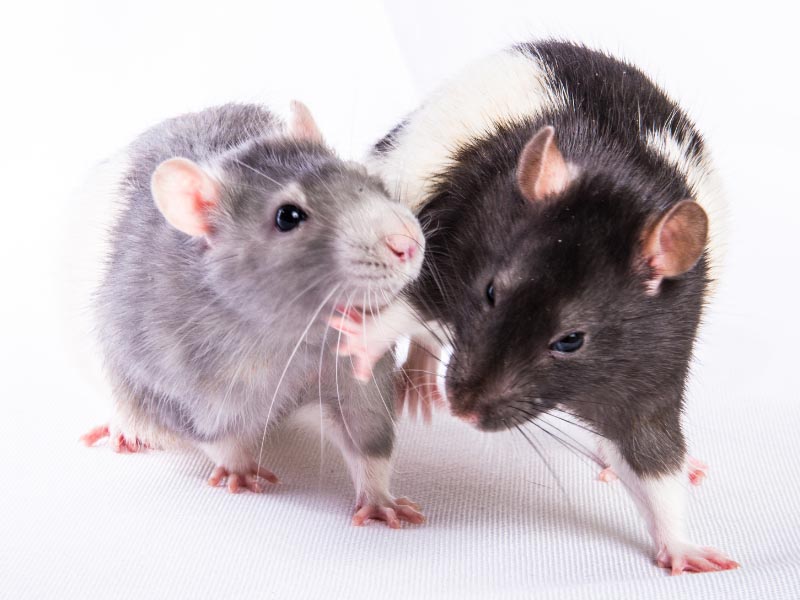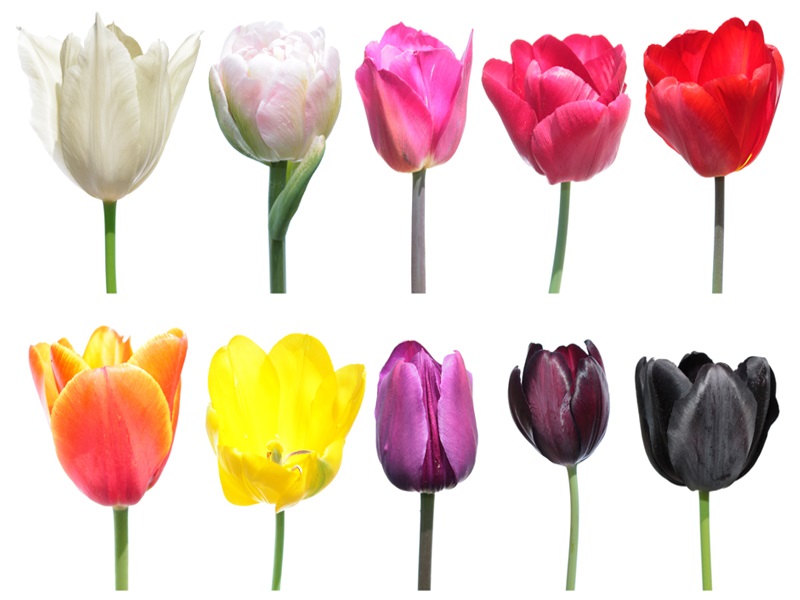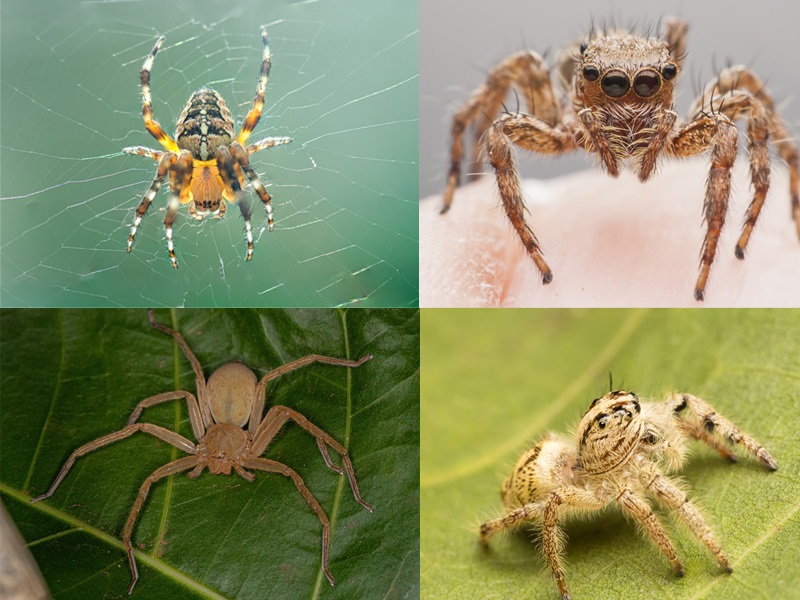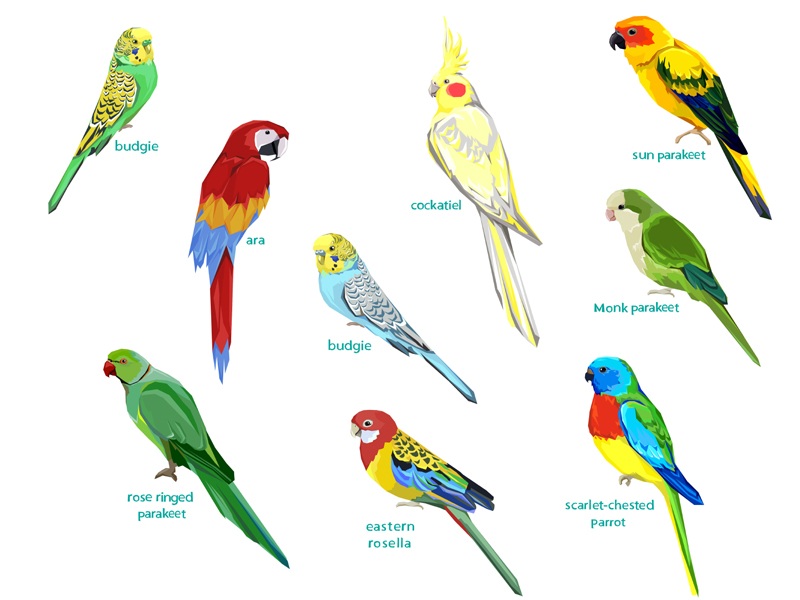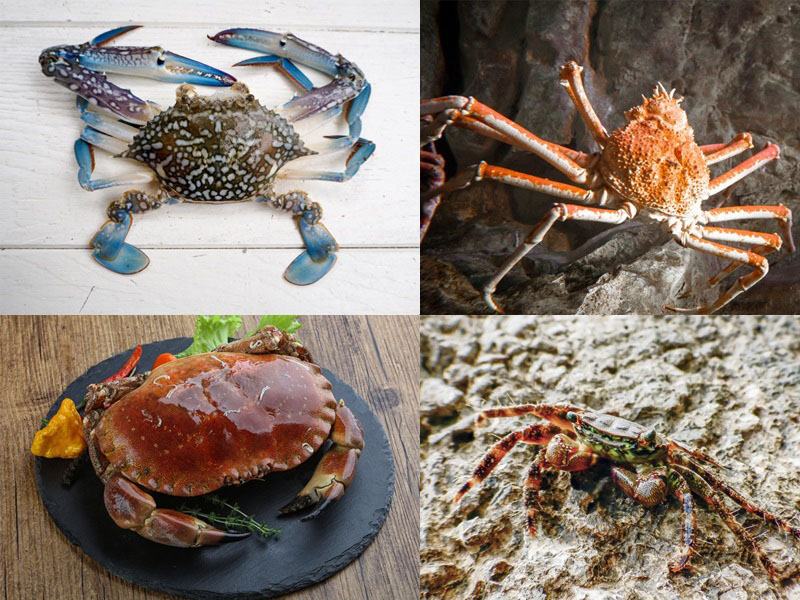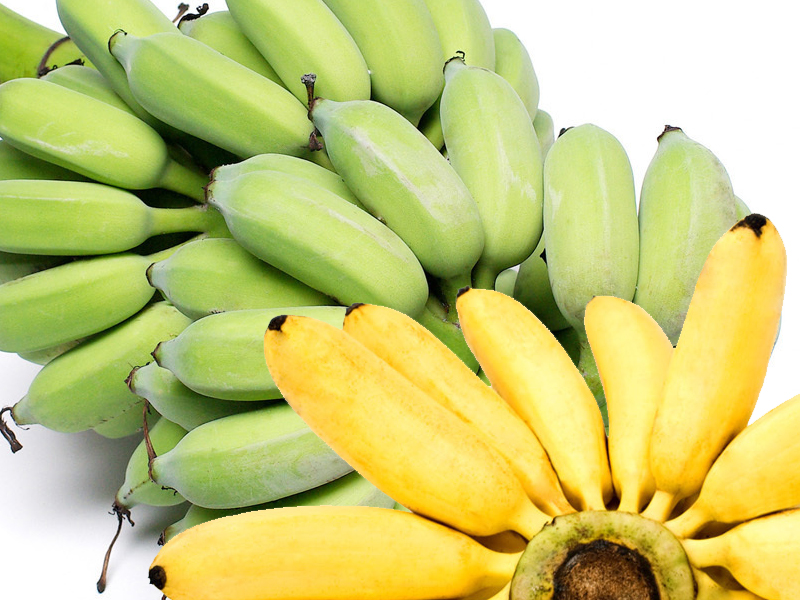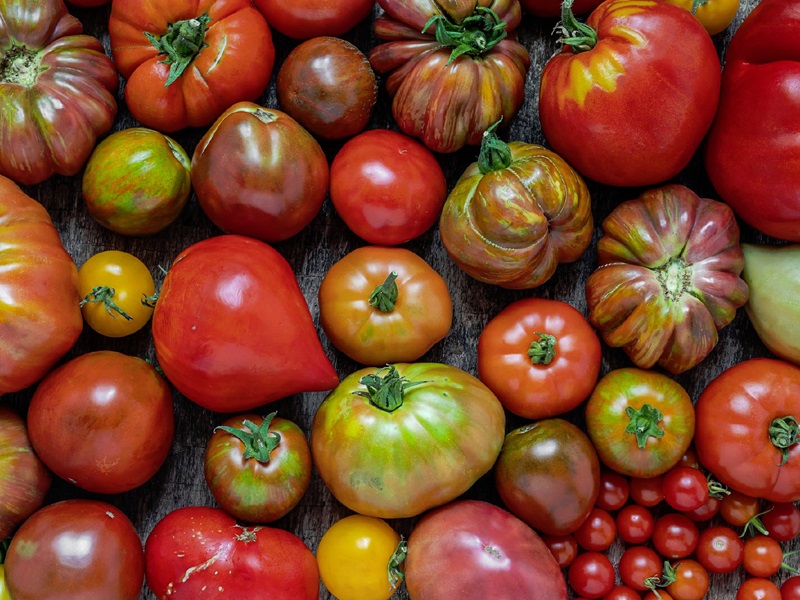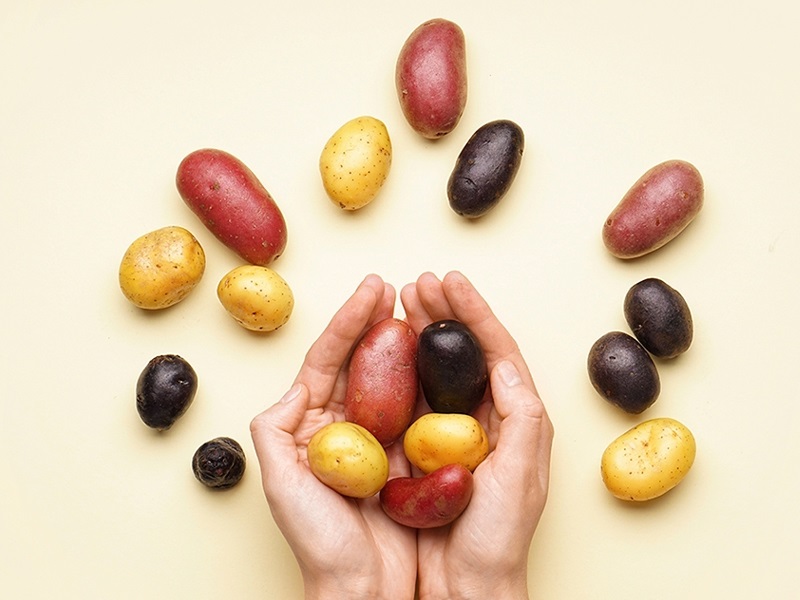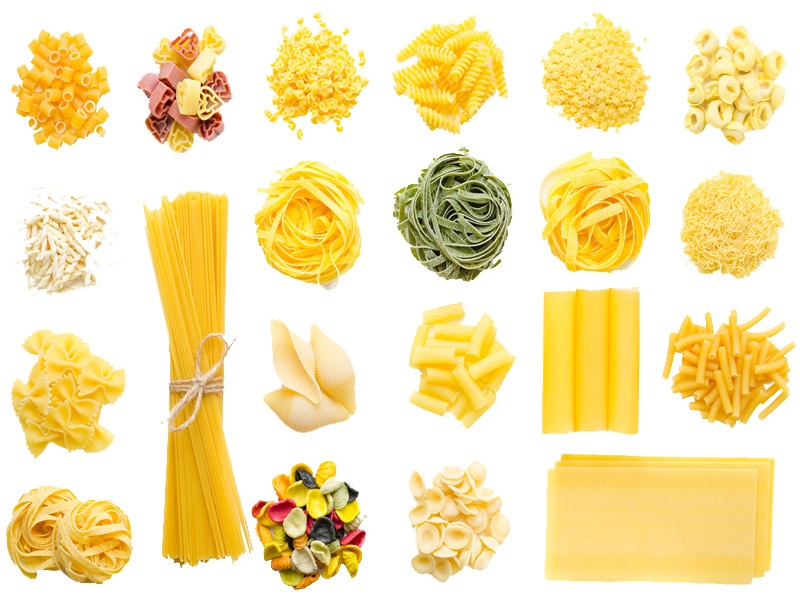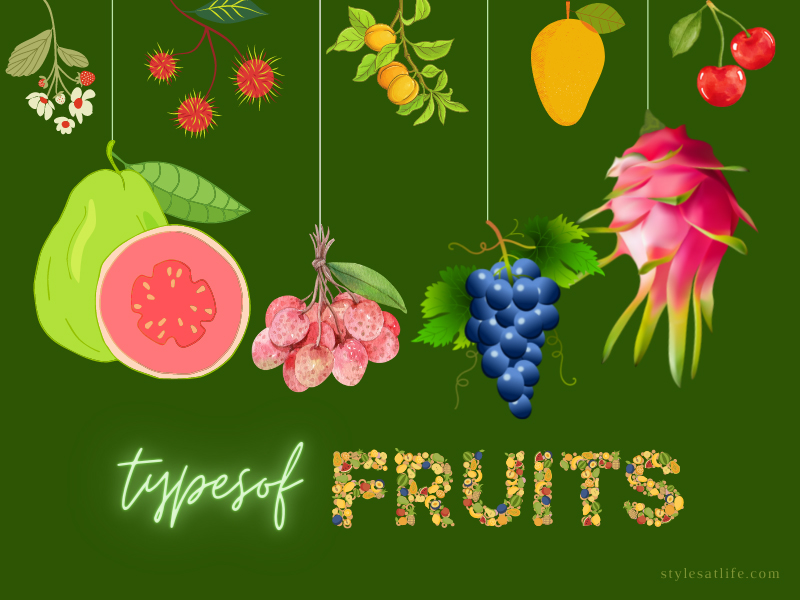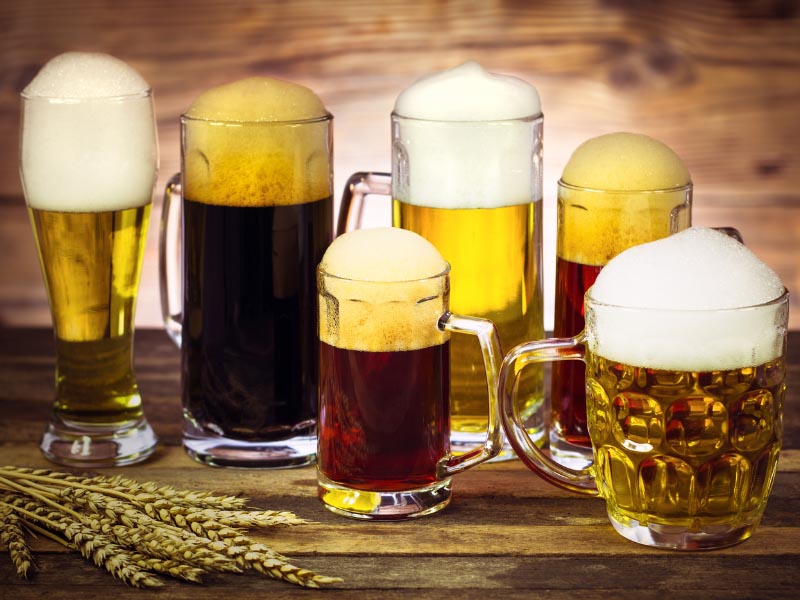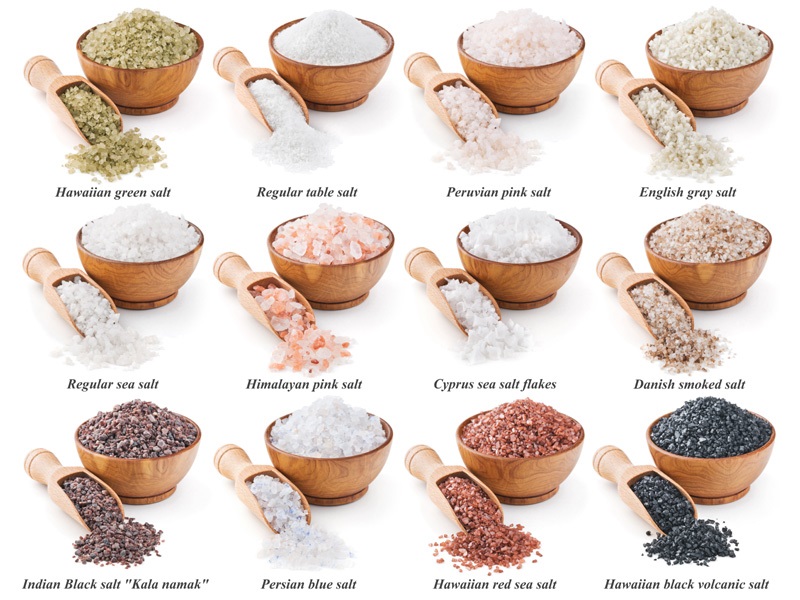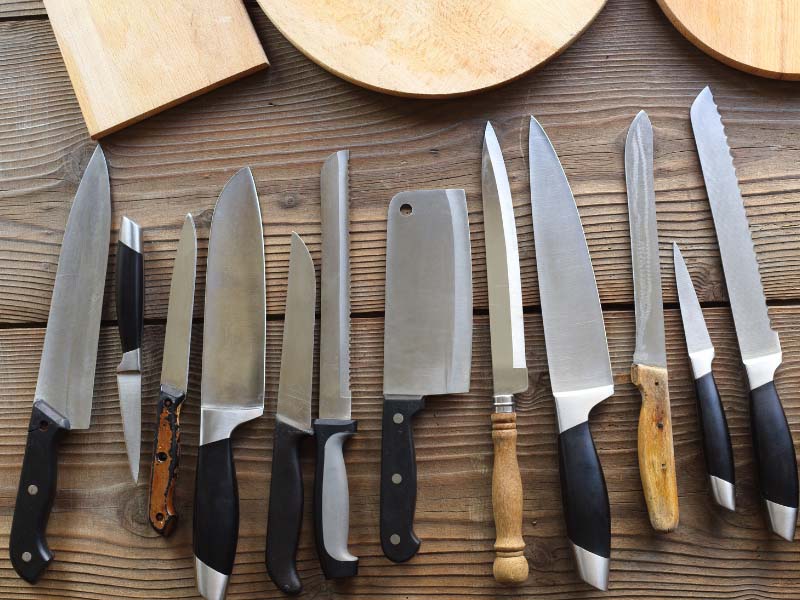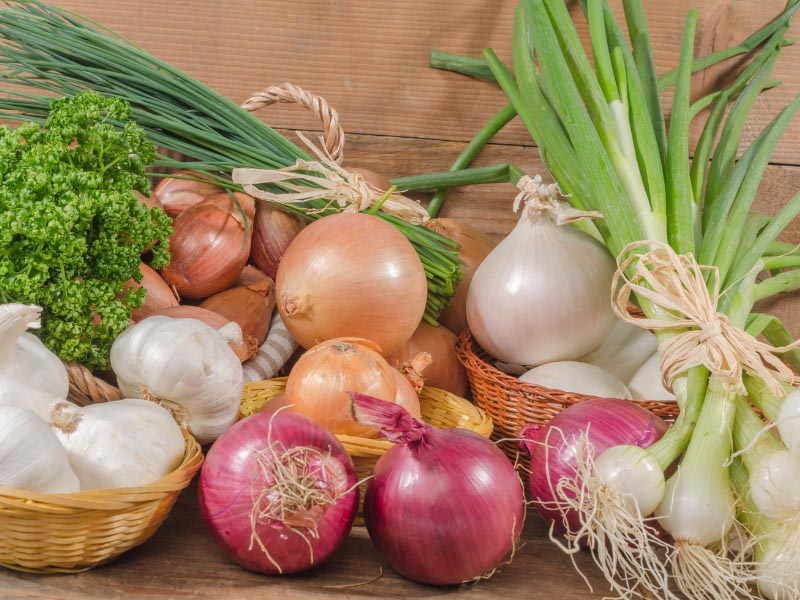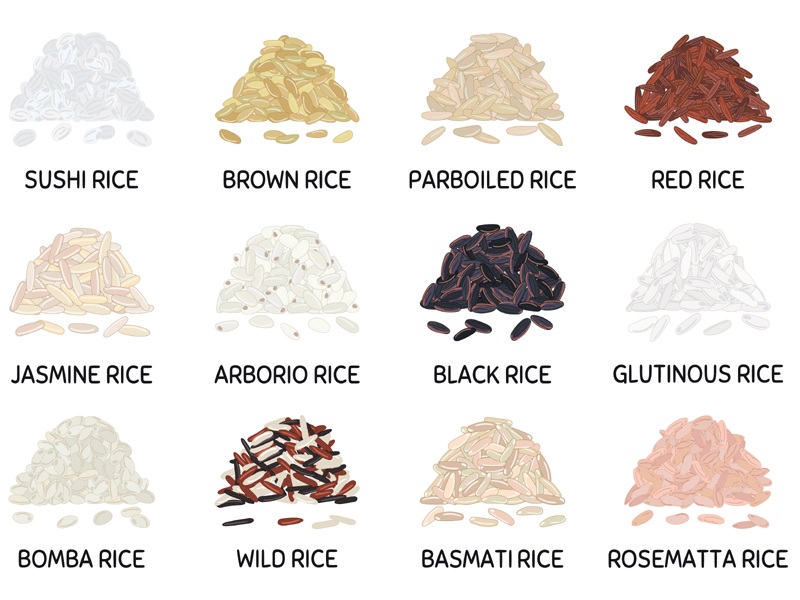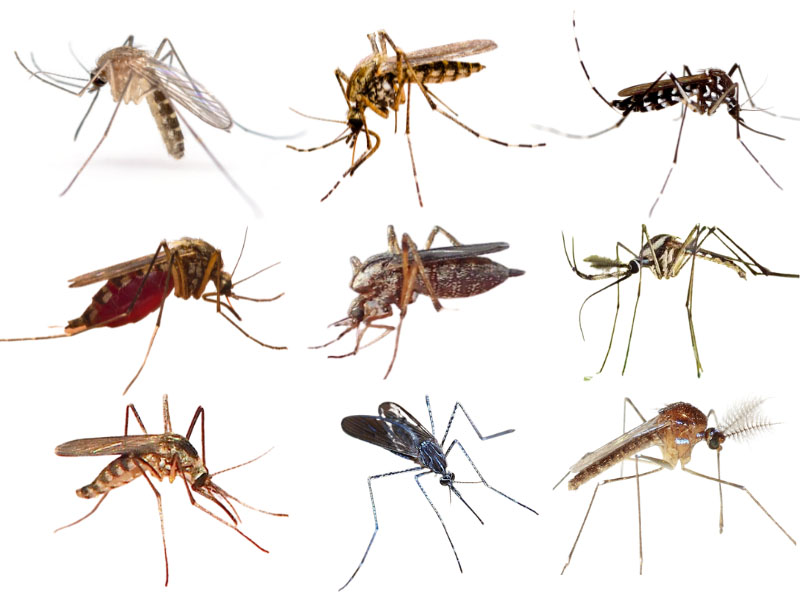Aside from the classic coleslaw, the humble Cabbage is one of those vegetables that can quickly go unnoticed. But the matter of fact is that cabbages are more versatile. There are endless recipes where cabbages can be an excellent addition. But did you know there are different types of cabbages? Yes! Green and red being the most common, cabbages come in an assortment of colours with varying textures.
Let us go through this article to discover the difference between the different types of cabbages and how to use them. Read on!
What is Cabbage?
Cabbage or Pattagobhiis a versatile vegetable loaded with essential vitamins and minerals belonging to the Brassica family. Cabbage is related to cauliflower, broccoli, and Brussels sprouts, the Brassica genus of plants and, therefore, a cruciferous vegetable. However, you can usually cut away the white part of the stem when preparing cabbages to eat raw, steamed or braised. This is because it is tough to eat and has an unpalatable taste.
Best & Different Types of Cabbages With Images:
The characteristics and taste vary with different types of Cabbage. For example, some cabbage varieties have crinkly leaves, whereas others have smooth leathery leaves. Let us look in detail at the different varieties of cabbages and what is the differentiation.
1. Green Cabbage:
Green Cabbage (Brassica oleracea) is one of the common types of Cabbage with densely packed thick leaves around the large round cabbage head. The leaves on the outer surface of the cabbage head are light green which fades to white or pale green in the centre. The size range of green cabbages is from 0.5 to 4 kg, and most of them can be used by steaming, sauteing, braising or raw.
The green cabbages have a slightly peppery taste when consumed raw. However, you get a sweeter taste with less spiciness by cooking it. Many people create sauerkraut by fermenting the Cabbage. Danish Cabbage, Domestic Cabbage, and Pointed Cabbage are some famous green Cabbages.
2. Savoy Cabbage:
A green Cabbage with wrinkly leaves is called the Savoy Cabbage (Brassica oleracea var. sabauda L). The savoy cabbage varieties’ mild taste and tender leaves make them preferable to regular Cabbage for many people. Compared to common green cabbages, savoy cabbages are more miniature. They keep their colour and texture even during cooking and slice well. Savoy cabbages have loosely packed leaves that form a small round head apart from the wrinkly leaves, and they are good sources of minerals, vitamins and fibre.
Savoy cabbages grow well even in cold conditions and are a late-fall type of cabbage variety. But you should make sure they get full sun while increasing for the best results. This Cabbage is best suited for use in stir-fries or salads, and the weight is from 500 grams to 1000 grams. Savoy king, winter king, and Tundra are the other popular Savoy cultivars.
Read Also: Most Famous Types of Salads
3. Red Cabbage:
With the shades of colour between deep red and deep purple, there are many types of red Cabbage varieties. However, because of the antioxidants called anthocyanins present in Red Cabbages, they are considered the healthiest. In addition, these cabbages have an interesting marbling effect because there are white parts and purple leaves as you cut through the red cabbage head.
Red Cabbages are a popular ingredient in coleslaws and salads because of their colour, pleasant flavour and crunchy texture. In addition, many people add it as a side accompaniment for many meals in the form of a pickle. A medium red cabbage head weighs 908 grams, a small head weighs 794 grams, and a large red cabbage head weighs 1106 grams. Red express, Ruby ball, and Red drumhead are popular Red Cabbage types.
4. White Cabbage:
White Cabbages have very pale-coloured leaves, unlike their name. Also called Dutch Cabbage, the White Cabbages are a type of Green Cabbage from Holland. The inner leaves packed in the centre are white, but the outer leaves become pale green because of the sun. Storing through the winter in cool dark storage places is another reason why some cabbages look white.
The white cabbages weigh 0.82 kgs typically, and they have a sweet and mild taste making them an excellent ingredient in salads. Dutch Cabbage also comes as red Cabbage, and Parel Cabbage is another Dutch Hybrid.
5. Napa Cabbage:
Napa Cabbage (Brassica rapa ‘pekinensis’) is oblong and is a type of Chinese Cabbage. These cabbage varieties have a thick, crunchy stem: pale green and yellow leaves. The meaning of Napa in Japanese is Vegetable leaves, but it is called Chinese Cabbage in most other countries. Chinese leaf, Petsai, and Wombok are the different names for this Cabbage. Napa Cabbage is yet another variety best suitable for salads because of its mild flavour and soft green leaves. The Napa cabbage heads can weigh between one to three kg.
Napa Cabbages head is a tightly packed collection of leaves that grow up to 45 cm tall, unlike regular cabbages. Napa cabbages are used in soups, stews, and stir-fries in Asian cuisine. Its leaves are also used as wraps for pork or oyster dishes because of their tender and sweet taste.
6. Bok Choy:
Another type of Chinese Cabbage with loose green leaves is Bok Choy (Brassica rapa chinensis), which has thin, tender white and green leaves. Bok Choy doesn’t form a head, unlike the Napa Chinese cabbage. But it has dark green leaves growing from a white bulb-type base. This type of Chinese Cabbage is ideal for stir-fries because it has a crunchy stem and crinkly green leaves. Shanghai Bok Choy is another type of Bok choy that might make the leaves soft and mushy if cooked for too long. But compared to regular Bok choy, this type of Bok choy is generally cheaper and more widely available. In addition, most of the Bok choy fit in your hand and weigh three or four ounces.
7. Kale:
Kale is also called Leaf cabbage and is a cultivar of Cabbage, hence the name. It is the healthiest type of cabbage plant belonging to the Brassica genus; It doesn’t form a cabbage head, unlike the other common types of Cabbage. But the central stem fans out dark green crinkled leaves. Curly Kale is another name given to this Cabbage because of the leave’s shape.
It is best to eat Kale leaves after blanching them quickly because eating them raw can be unpleasant. There are different kinds of Kale, such as curly Kale, bumpy leaf kale, plain leaf kale, and spear kale, just like cabbage varieties. Dark green, Blueish-green, and purple are some of the different colours you can find Kale. One cup of raw chopped Kale weighs 67 grams.
Read Also: Different Onion Varieties
8. Tuscan Cabbage:
Also called Lacinato kale, black Cabbage or cavolo nero, the Tuscan Cabbage variety is a type of dark green black-leafed Kale. The large kind of Cabbage plant is this black kale plant whose leaves can grow between 2 and three feet, and the leaves of the Tuscan Cabbage have darker blue-green clour and thin, crinkly leaves. This Cabbage develops a silky texture and has a glossy shine when cooked. It also complements some dishes with its slightly bitter taste.
9. January King Cabbage:
The January King Cabbage (Brassica oleracea sabauda) is one of the unusual head cabbages because of their purple and green colouring and a Brassica cultivar. This Cabbage’s leaves have the shape of white Cabbage but have the texture of a Savoy Cabbage. This Cabbage’s leaves are dark purple or red colour at the top and green colour at the base. The preparation of the January King cabbage is similar to a Savoy Cabbage, which comes in small to medium sizes. The average weight of the January King cabbages is 1.4 to 2.3 kg.
10. Portuguese Cabbage:
A type of green cabbage cultivar, the Portuguese Cabbage has distinct white veins, thick stem and oval-shaped leaves. This cabbage type doesn’t form a head and grows similar to Kale. All the parts of the Portuguese cabbages are consumed except for the base of the thick white stem. This Cabbage is more succulent and has a sweeter taste compared to Kale.
The Portugal cabbage leaves are thick and hardy, making them excellent for stews and soups and are a rich source of minerals and vitamins. One of the few varieties of cabbages that can grow well in both hot and cold conditions is a Portuguese Cabbage, and it weighs between 500 grams to 1000 grams.
Interesting facts about Cabbages:
Here are some facts about different types of cabbages you might find interesting:
- Cabbage belongs to the Cruciferae family whose name’s origin comes from Latin, which means cross-shaped flowers.
- Cabbages have been cultivated for over 4000 years, as per evidence.
- Cabbage is considered the national food of Russia. Compared to an average North American, Russians eat more than seven times Cabbage.
- It is believed that Cabbage could be used to cure baldness in men as per the scrolls from 1000 BC in China.
- Cabbage was thought to be poor people’s food at the turn of the century. But now, with its anti-cancer and anti-ageing solid properties, Cabbage is considered the most nutritious vegetable.
- Cabbage was introduced to Europe from Asia and was done by the Celts around 600 BC.
- Cabbage has high amounts of calcium, iron, vitamins B6, A, K, C, folate, potassium, manganese, thiamine and dietary fibre.
- This cruciferous vegetable is low in cholesterol and saturated fat.
- It is believed that you will be able to cure stomach and intestinal ulcers by drinking cabbage juice. This is because the digestive tract and colon were in healthy condition with the help of high quantities of iron and fibre.
Read Also: Different Kinds of Beans
Whether you like to add it to a salad or make a stew, Cabbage is a versatile vegetable. But there are different types of cabbages, and each has a unique taste and flavour addition. We hope the information we have provided in this article will help you understand the vegetable even more. Don’t forget to let us know if you found this article helpful!
Disclaimer:
The information provided in this article is based on research. The website is not responsible for the accuracy and authenticity of the data.


